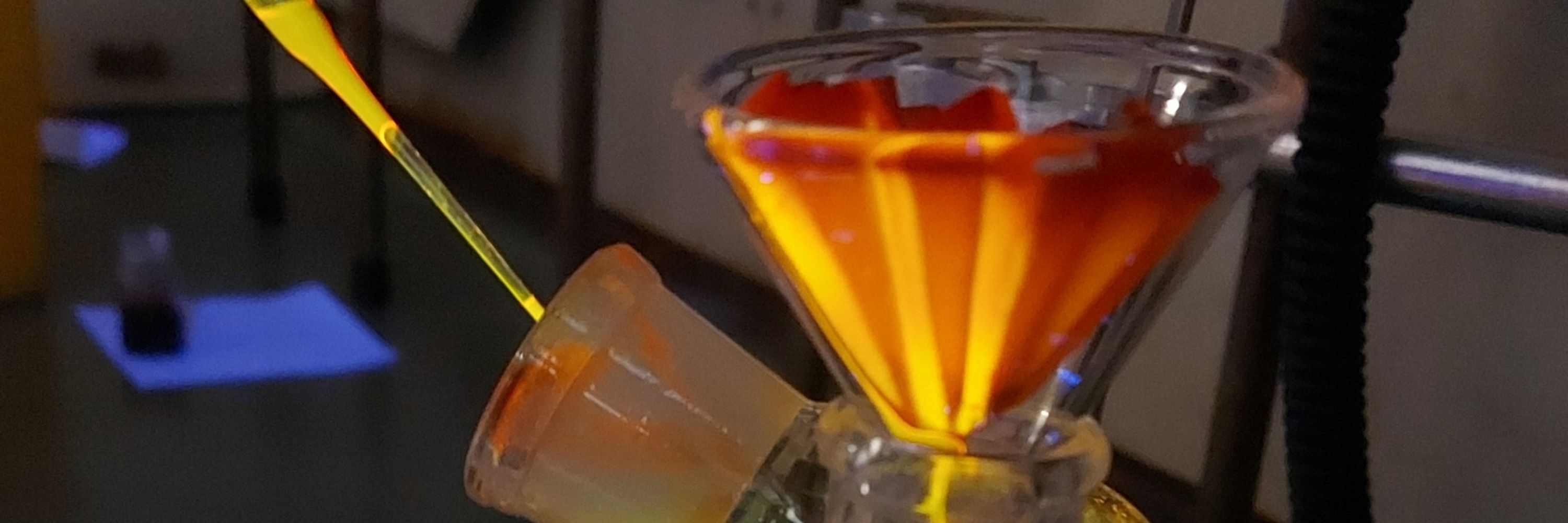David Amabilino
@damabilino.bsky.social
1.1K followers
850 following
51 posts
Research professor at Institut de Ciència de Materials de Barcelona (CSIC), sustainable materials, chirality and supramolecular chemistry. Group and other stuff, own views here.
https://orcid.org/0000-0003-1674-8462
Posts
Media
Videos
Starter Packs
Reposted by David Amabilino
Reposted by David Amabilino
Reposted by David Amabilino
Reposted by David Amabilino
Reposted by David Amabilino
Reposted by David Amabilino
Reposted by David Amabilino
Reposted by David Amabilino
Reposted by David Amabilino
Reposted by David Amabilino
Reposted by David Amabilino
Reposted by David Amabilino
Reposted by David Amabilino
Jordi Faraudo
@jfaraudo.bsky.social
· Sep 5

Rare-Earth Silicates as High-Temperature Surfactants for the Controlled Synthesis of ε-Fe2O3 Nanoparticles
The functional properties of nanocrystals can be finely tuned through controlled morphology and size. However, this can be challenging for metastable nanostructures that require harsh synthesis conditions, such as high temperatures. Here, we present a method for preparing large ε-Fe2O3 nanorods that are not affected by magnetic relaxation. This study presents a novel growth mechanism in which high-aspect-ratio rods evolve from spherical ε-Fe2O3 particles in a silica matrix containing Y3+. With the presence of Y3+, the glassy matrix undergoes a metastable binodal decomposition yielding the formation of nanodroplets of a Y-rich silicate of composition ∼Y2Si2O7. This Y silicate selectively coats the ε-Fe2O3 planes perpendicular to the rod axis along the [100] direction but is not observed in the rod apexes. Structural optimizations and energy calculations of different crystal faces of ε-Fe2O3 in contact with Y2Si2O7 obtained using machine-learning force fields provide an atomistic interpretation of these observations: the affinity of Y with the oxygen atoms exposed at ε-Fe2O3 surfaces explains the preferential capping of ε-Fe2O3 surfaces that present a large density of oxygen atoms and its absence in surfaces such as (100), where this density is significantly lower. The presence or absence of the silicate capping layer results in different surface energies and/or mass transfer coefficients across the interface, originating two independent Ostwald ripening processes, which drive the high aspect ratio growth. By using La3+ instead of Y3+, ε-Fe2O3 rods with even larger aspect ratios are obtained. Notably, this synthetic approach counteracts the progressive diminution of the average nanoparticle size observed in ε-(Fe1–xCrx)2O3 upon Cr3+ addition, enabling to elucidate the effect of this substitution on the intrinsic magnetic anisotropy and the anisotropy fields that determine the high-frequency ferromagnetic resonances of this phase.
pubs.acs.org
Reposted by David Amabilino
Reposted by David Amabilino
Phil Gale
@profphilgale.bsky.social
· Sep 4

Advances in applied supramolecular technologies 2021–2025
Supramolecular chemistry is a rapidly evolving field that has focused on building a foundation of fundamental understanding in controlling molecular self-assembly, through the use of non-covalent inte...
pubs.rsc.org
Reposted by David Amabilino
Reposted by David Amabilino
















